John Thorneycroft Hartley (9 January 1849 – 21 August 1935) remains one of the most singular figures in tennis history — the only clergyman ever to win Wimbledon, and one of Britain’s earliest sporting heroes. His story stretches from industrial Wolverhampton and the Gothic towers of Tong Castle to the pulpit of Burneston and the hallowed grass courts of the All England Club.
Roots & Family Ties: The Black Country and Shropshire
Hartley was the second son of John Hartley Senior and Emma Thorneycroft. His mother’s family was deeply embedded in Wolverhampton’s industrial expansion: her father, George Benjamin Thorneycroft, founded the Shrubbery Ironworks and became the town’s first mayor in 1848. The Thorneycrofts were ironmasters of the Black Country, symbols of a new manufacturing age and lived at Chapel Ash House (pictured). Their fourth daughter, Ellen, married Henry Hartley Fowler, Wolverhampton MP and Viscount Wolverhampton.
His father’s family had links to glassmaking through Hartley Chance & Company of Smethwick. Together, the two families represented the glass and iron industries that powered the West Midlands during the Industrial Revolution.
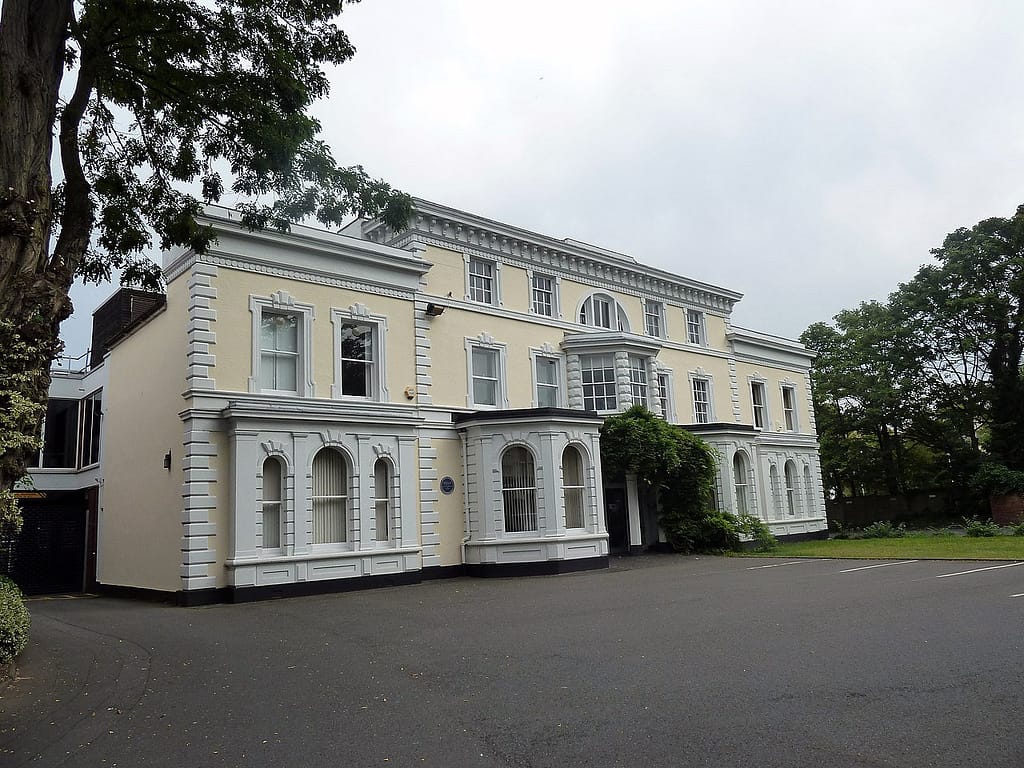
Tong Castle: A Gothic Childhood
In 1856, the Hartleys leased Tong Castle from the Earl of Bradford, moving from Wolverhampton to rural Shropshire. Though tenants rather than aristocrats, the family occupied a position of wealth and influence — industrial success translated into landed gentility.
Tong Castle, rebuilt in the 18th century in the flamboyant Strawberry Hill Gothic style, stood amid sweeping parkland reshaped by Capability Brown. For young John Hartley, its turrets, pools, and woodlands offered a storybook setting — part country idyll, part faded grandeur.
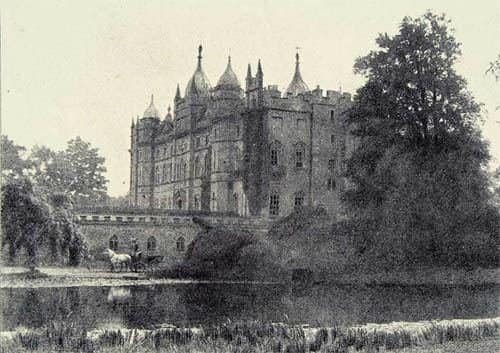
The castle would later fall into disrepair, suffer fire damage, and be demolished in 1954. Today, only fragments and earthworks remain beside the M54. Ironically, much of the remaining sections currently reside in Wolverhampton – the stonework to the old gates remain in situ at the former Villier’s site on Marston Road, and the metal gates themselves reside in a local foundry.
In Hartley’s childhood, however, it was a world of privilege and introspection — a fitting prelude for a man who would balance devotion and determination in equal measure.
Education, Vocation & Parish Life
Educated at Harrow School and Christ Church, Oxford, Hartley gained his B.A. in 1870 and M.A. in 1874. He was ordained deacon in 1872 and priest in 1873, serving first in Southwark before becoming vicar of Burneston in North Yorkshire — a post he would hold for 45 years.
At St Lambert’s Church, Burneston, Hartley became a respected spiritual figure. He was later appointed Rural Dean of East Catterick and Honorary Canon of Ripon Cathedral. His grave still lies beneath the east window of St Lambert’s, the final resting place of Britain’s “Wimbledon Vicar.”

The Birth of Lawn Tennis & Wimbledon
By the 1870s, Victorian society was embracing a new leisure sport: lawn tennis. Major Walter Clopton Wingfield’s 1873 game “Sphairistike” evolved into the rules we recognise today. The All England Croquet Club, seeking new uses for its lawns, added “Lawn Tennis” to its name and held the first Wimbledon Championships in 1877.
Only 22 men entered that first event; the final drew 200 spectators. Within a decade, Wimbledon was the centre of a new sporting culture, a meeting point for Britain’s upper and professional classes alike.
When Hartley entered, the tournament still used the challenge round system — where the previous year’s champion awaited the winner of the “All Comers” bracket. Players wore long trousers and shirtsleeves, and rackets were still strung with natural gut.
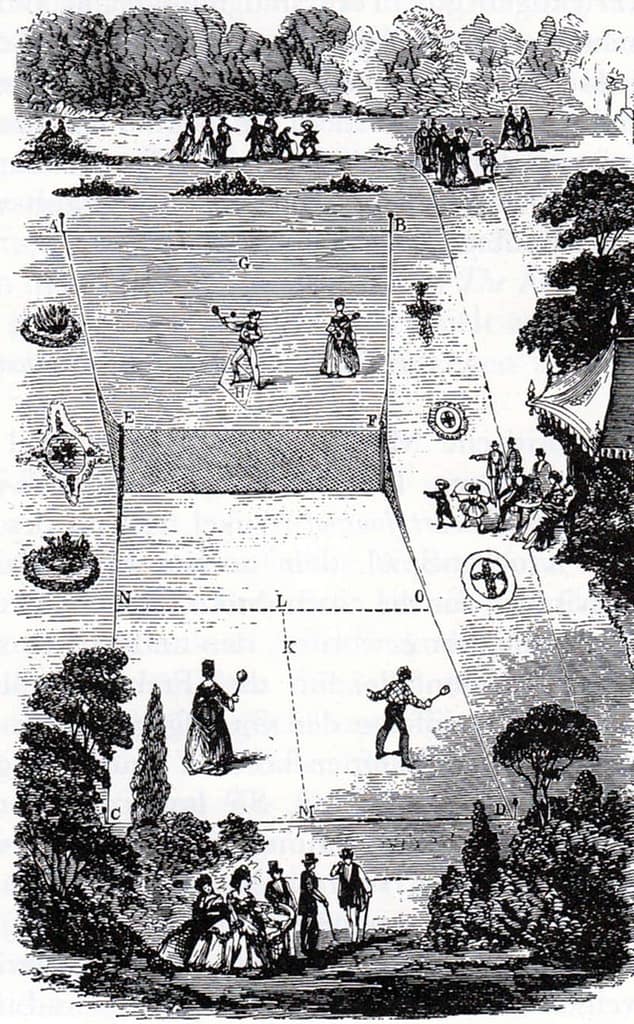
Wimbledon Triumphs & Anecdotes
In 1879, the Reverend John Hartley entered Wimbledon for the first time. He reached the semi-finals by Saturday, returned north to preach his Sunday sermons, and even sat through the night with a dying parishioner before hurrying back to London by train.
He arrived just in time for his next match — exhausted, still in clerical black — and promptly lost the first set. Rain paused play. When the skies cleared, Hartley revived, winning three straight sets to reach the final. There, his measured baseline strokes and steady temperament triumphed over Vere St. Leger Goold, securing him the title of 1879 Wimbledon Champion.
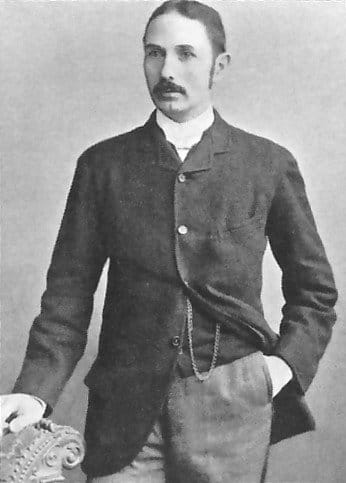
A year later, he defended his crown, defeating Herbert Lawford 6-3, 6-2, 2-6, 6-3 — becoming the first man ever to win back-to-back Wimbledon titles.
In 1881, weakened by illness, Hartley faced the powerful William Renshaw in the final and lost in just 37 minutes — the shortest men’s final in Wimbledon history. Even so, his achievements placed him among the game’s earliest greats.
At Wimbledon’s Golden Jubilee in 1926, he was honoured by Queen Mary as one of 34 surviving champions, presented with a silver medallion.
Later Years & Enduring Legacy
Hartley retired from his parish in 1919 and died in Knaresborough in 1935. Though quiet in manner and unassuming in ambition, he was a pioneer who embodied both the spirit of amateur sport and the moral integrity of Victorian England.
He remains the only clergyman ever to win Wimbledon — a man who carried his faith to the altar and his racket to the court, serving both with equal grace.
Wolverhampton’s New Tennis Hope
Nearly a century and a half later, Wolverhampton’s tennis story found a new chapter in Henry Searle, the local prodigy who won the 2023 Wimbledon Boys’ Singles title, becoming Britain’s first junior champion in 61 years.
It may have taken nearly 150 years, but perhaps Wolverhampton will once again see a Wimbledon champion — this time not a vicar with a sermon to deliver, but a new generation ready to take its place on the lawns of SW19.
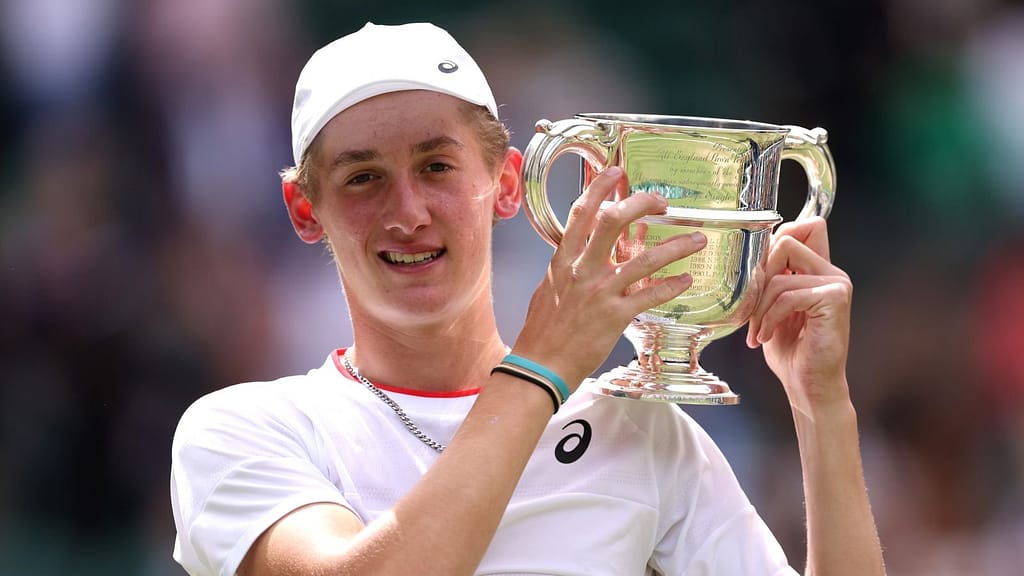
Sources Used
- The Yorkshire Vicar Who Moonlighted as a Tennis Legend, Yorkshire Post
- Tennis Champ’s Service a Spiritual Event, Shropshire Star
- The North Yorkshire Vicar Who Became One of the First Wimbledon Champions, TennisArchives.com
- The Hartley and Thorneycroft Families of Wolverhampton, HistoryWebsite.co.uk
- Church of St Lambert, Burneston (architectural & parish history, H. B. McCall 1910)
- Crockford’s Clerical Directory (1935 edition)
- Wimbledon Official History and Britannica – Wimbledon Championships
- LTA – Henry Searle Crowned Wimbledon Boys’ Singles Champion 2023